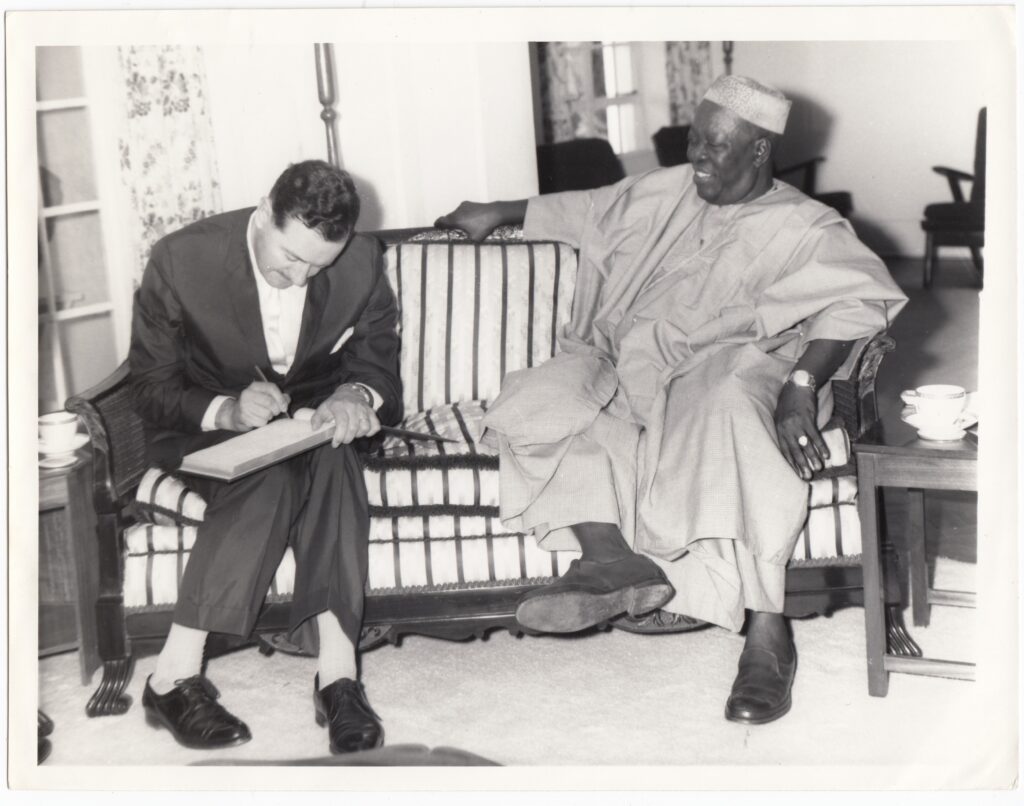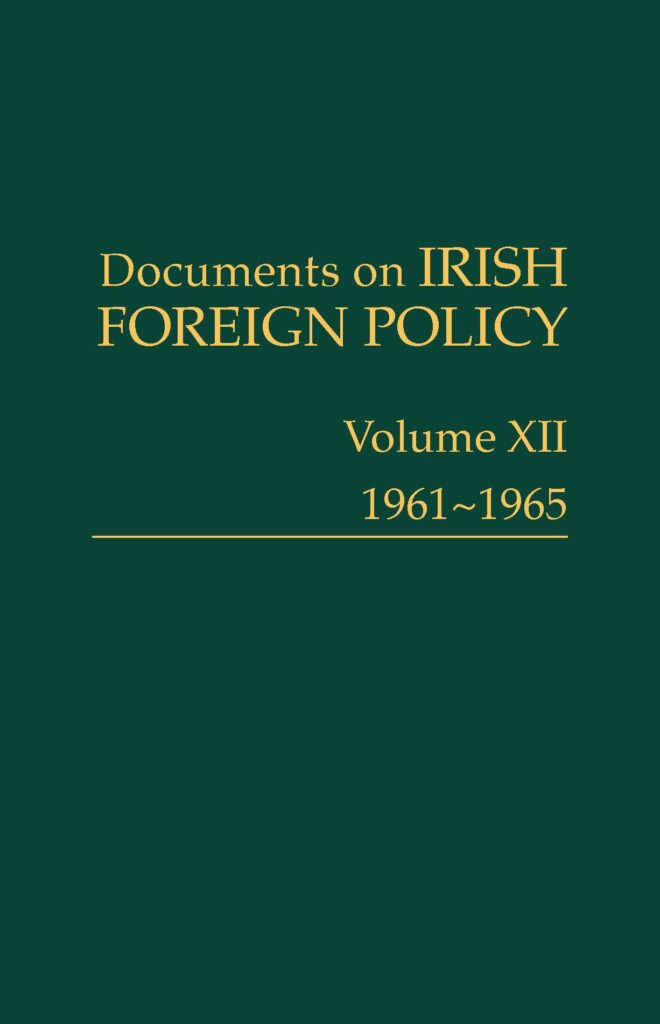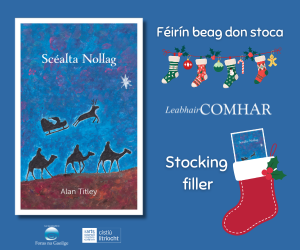
Documents on Irish Foreign Policy, Vol. XII: 1961–1965
Article by John Gibney
“The guiding principle for selecting documents to publish is what they reveal about how decisions were taken.“
In late March 1965 the Irish diplomat Paul Keating wrote to his colleague Seán Ronan about revising a report of an event that both had been at to ensure it was as comprehensive as possible, musing as he did so that it might be published ‘perhaps in 50 years or so’. The document in question was the eyewitness account of the exhumation of the remains of the executed 1916 leader Roger Casement from London’s Pentonville Prison on the evening of 22 February; both men had been present, and Keating had composed a lengthy account of the proceedings, which is being published—55, rather than 50 years later—in the twelfth volume of the Royal Irish Academy’s Documents on Irish Foreign Policy (DIFP), covering 11 October 1961 to 21 April 1965, and due for publication in November 2020.
DIFP publishes official archival material on Ireland’s foreign relations, mostly from the holdings of the archives of other government departments in the National Archives of Ireland, along with the papers of relevant individuals retained in other repositories like the UCD Archives. DIFP was established in 1997 as a partnership between the Department of Foreign Affairs and Trade, the Royal Irish Academy and the National Archives of Ireland, and since 1998 it has published hard copy volumes of documents on a biennial basis, beginning with the first Dáil Éireann in 1919 and now, with the publication of Volume XII, extending up to 1965 (the documents published in the DIFP series for the period 1919–48 are freely accessible at www.difp.ie.).
The research and production of a DIFP volume operates on a two-year cycle (the previous volume covering 1957–61 was published in November 2018). The first year is devoted to archival research, and the second year devoted to publication. As it happens, 2020 was a production year, and the process of editing, proofing and annotating the final selection of documents for publication was successfully completed by remote-working during the uniquely challenging circumstances of the COVID-19 pandemic.
The guiding principle for selecting documents to publish is what they reveal about how decisions were taken. A typical DIFP volume will contain a mixture of high-level correspondence, eyewitness reportage, and technical memoranda that cover an often bewilderingly diverse range of subjects; it reveals Irish history through diplomacy as much as diplomatic history, and is unique in publishing primary sources for Irish history in the post-war period. DIFP XII is no exception. The new volume covers the period from October 1961 to April 1965, when Fianna Fáil were in power under Seán Lemass, whose key foreign policy objective was to secure early Irish membership of the European Economic Community. The slow and painstaking attempts to achieve that goal, which stalled following France’s January 1963 veto of Britain’s parallel EEC application, is a dominant theme in DIFP XII.
DIFP XII also includes documents on the June 1963 visit of President Kennedy to Ireland, on early steps taken to create Ireland’s development aid policy, and the opening of Irish missions in Nigeria and India, and even on how Ireland would respond to the outbreak of a third world war. The volume reveals the extent to which Lemass controlled Irish foreign policy. His Minister for External Affairs, Frank Aiken, remained focused on the United Nations, membership of which remained a focal point of Ireland’s foreign policy. In December 1961 Ireland championed the passage through the UN General Assembly of a ground-breaking resolution promoting nuclear non-proliferation. In 1962 Ireland sat on the UN Security Council for the first time, a term that coincided with the Cuban Missile crisis, which also features here. And in 1964 the Irish Defence Forces joined the first units of UN peacekeepers deployed to Cyprus, following the end of their difficult, if more well known, deployment to Congo.
Alongside the big issues are documents on subjects as diverse as race relations in the United States, the Irish diaspora, IRA gun-running, espionage and the Cold War, pen portraits of figures like Robert Kennedy and Charles de Gaulle, and even a report on the perils of pirate radio stations. Changes in Anglo–Irish relations also feature, with the sequence of documents on the repatriation of the remains of Roger Casement, culminating in the eyewitness report on the exhumation mentioned above. And as the period covered by this volume drew to a close, another development hove into view: the improvement of the hitherto poor relationship with Northern Ireland as Lemass and Prime Minister of Northern Ireland Terence O’Neill met in early 1965 to seek common ground between Dublin and Belfast. In their meetings there was little sign of the mounting pressures in Northern Ireland that were soon to place immense strain on these new directions—a theme that will loom large in future volumes of the DIFP series.
Documents on Irish Foreign Policy, Vol. XII: 1961–1965, by Michael Kennedy, Eunan O’Halpin and Bernadette Whelan (eds.) will be published by the Royal Irish Academy in November. 9781911479253 HB €50. More details here.
John Gibney is Assistant Editor with the Royal Irish Academy’s Documents on Irish Foreign Policy series.













